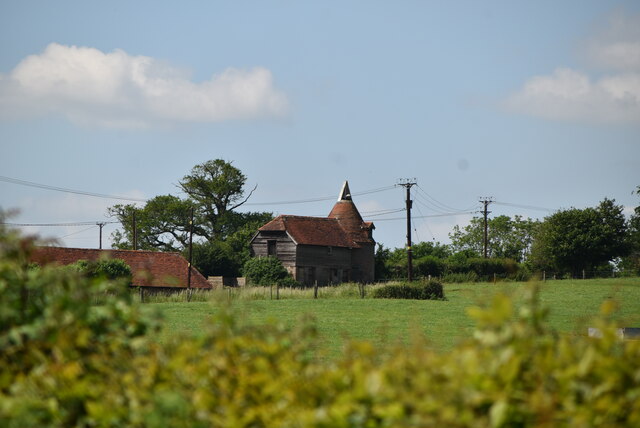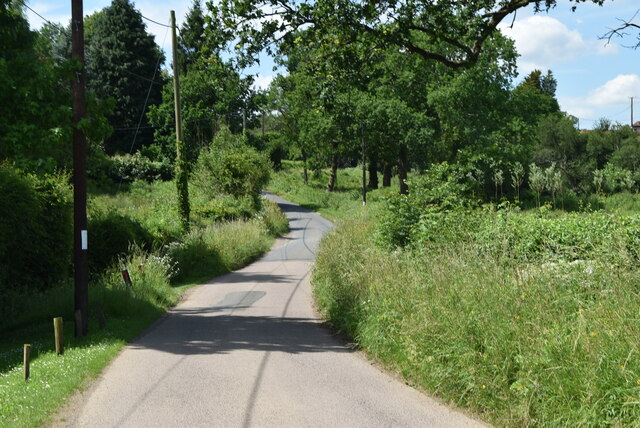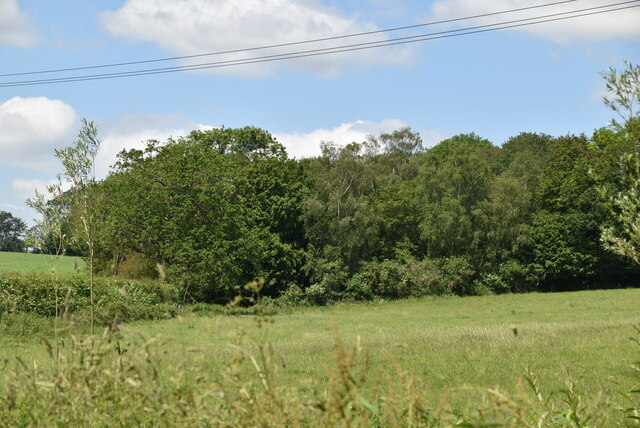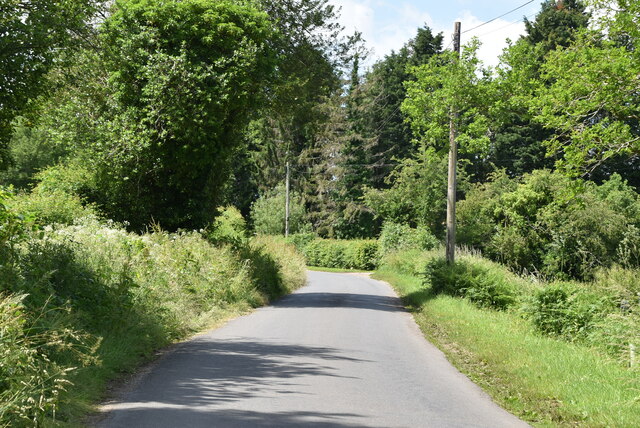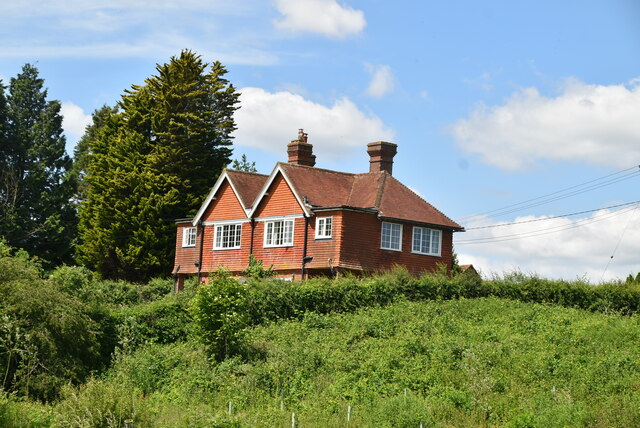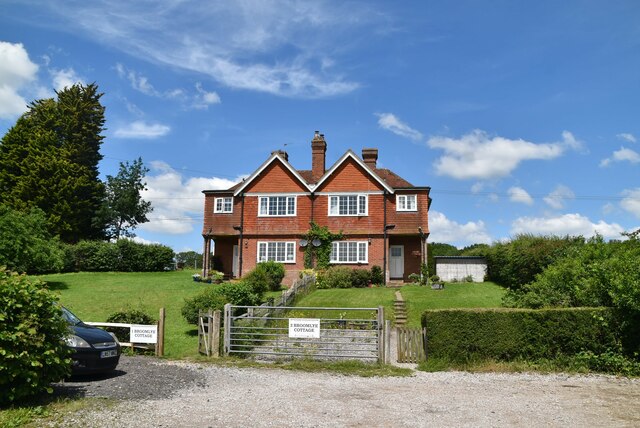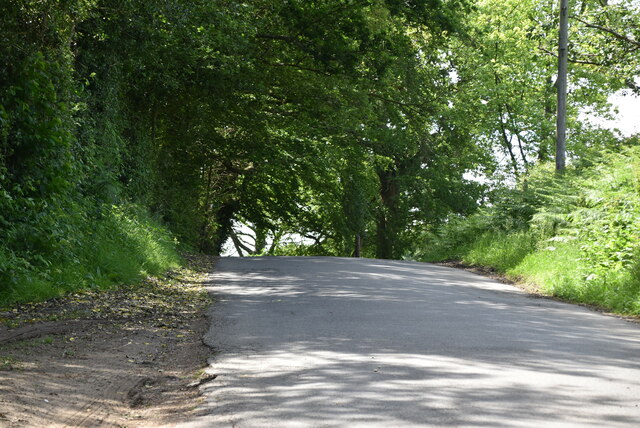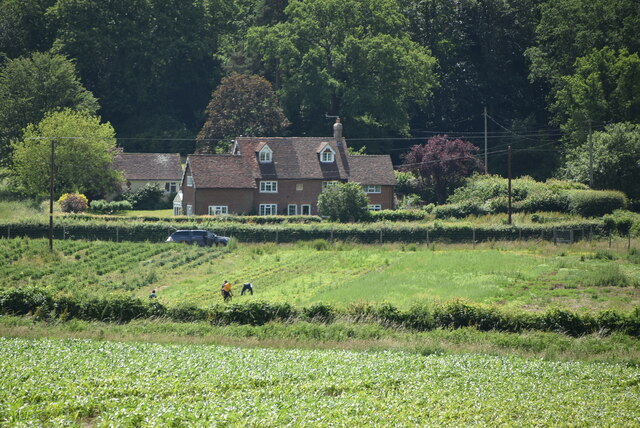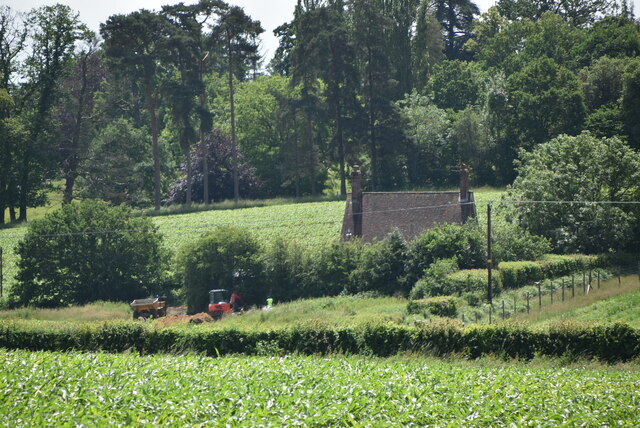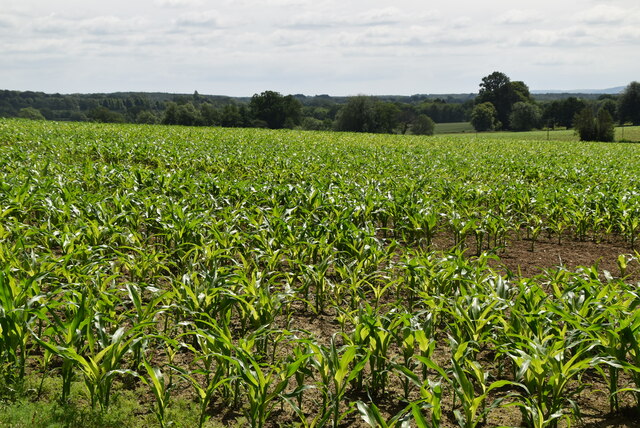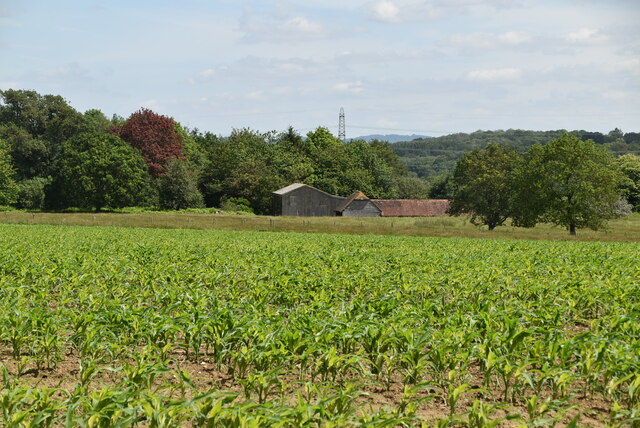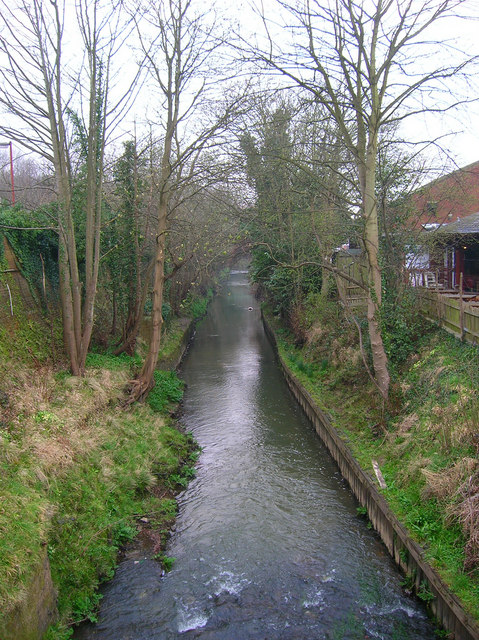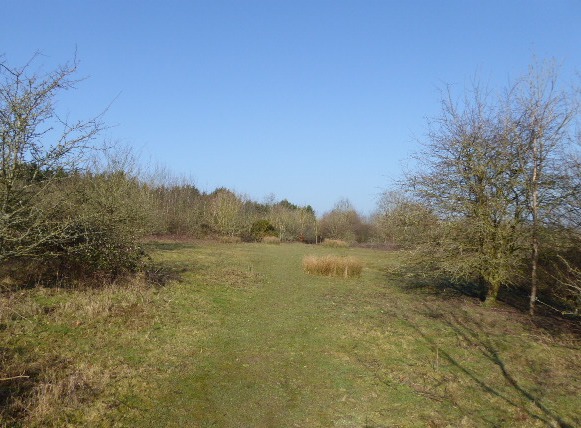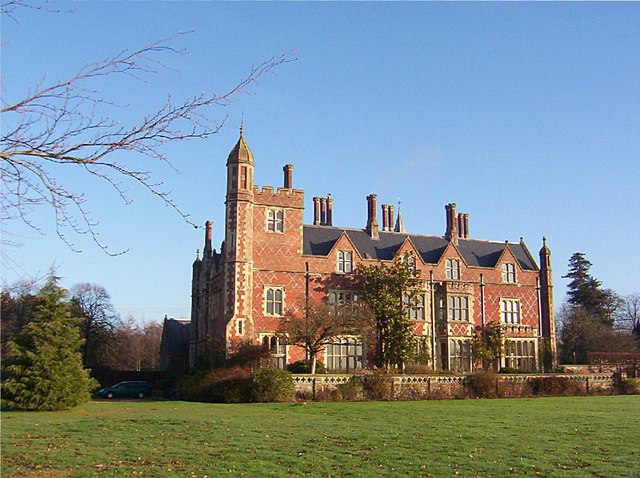Alder Shaw
Wood, Forest in Sussex Lewes
England
Alder Shaw
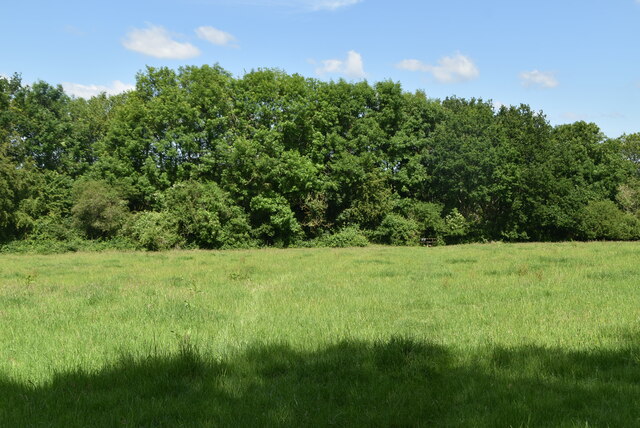
Alder Shaw, Sussex, also known as Alder Wood or Alder Forest, is a picturesque area located in the county of Sussex, England. Stretching over approximately 200 acres, this woodland is a haven for nature enthusiasts and outdoor lovers alike.
Situated in the heart of the South Downs National Park, Alder Shaw boasts a diverse range of flora and fauna. The woodland is primarily composed of alder trees, which give the area its name. These trees can be seen standing tall, creating a dense canopy that provides shade and shelter for various woodland creatures.
The forest floor is covered in a rich carpet of moss, ferns, and wildflowers, adding to the natural charm of the area. Visitors can explore the numerous winding paths that meander through the woods, offering stunning views of the surrounding countryside.
Alder Shaw is also home to a variety of wildlife, including deer, foxes, badgers, and a wide range of bird species. Birdwatchers can spot woodpeckers, owls, and a variety of songbirds within the woodland.
The forest is a popular destination for outdoor activities such as hiking, cycling, and picnicking. There are several designated picnic areas and benches scattered throughout the woods, providing a perfect spot to relax and enjoy the tranquility of nature.
With its peaceful atmosphere, breathtaking scenery, and abundant wildlife, Alder Shaw, Sussex is a must-visit destination for anyone seeking a retreat into nature's beauty.
If you have any feedback on the listing, please let us know in the comments section below.
Alder Shaw Images
Images are sourced within 2km of 50.958648/0.04815143 or Grid Reference TQ4319. Thanks to Geograph Open Source API. All images are credited.
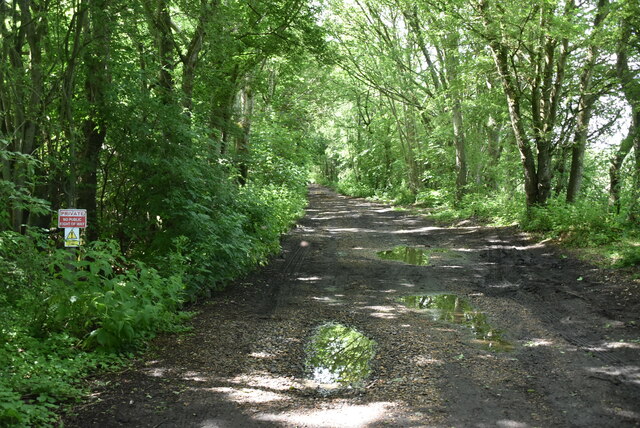
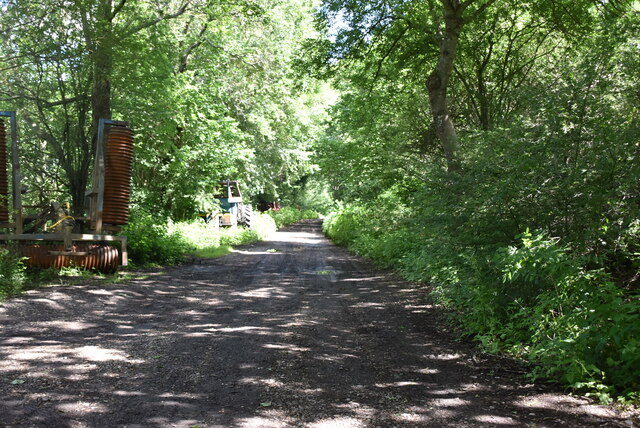
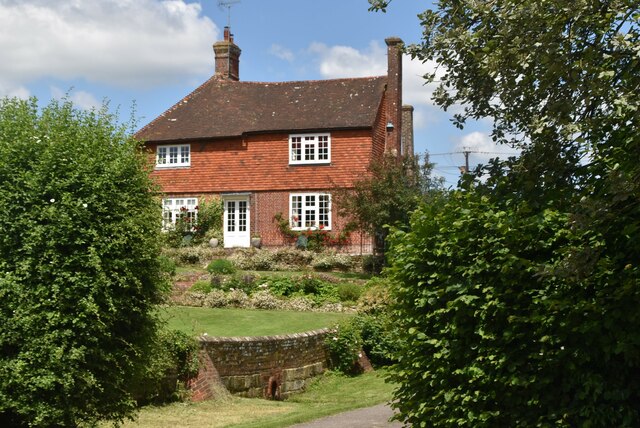
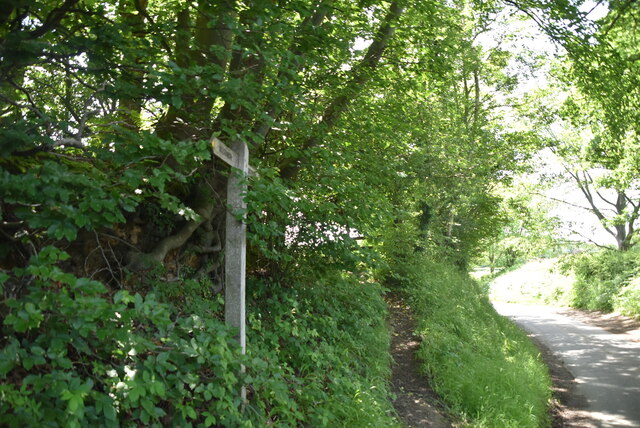
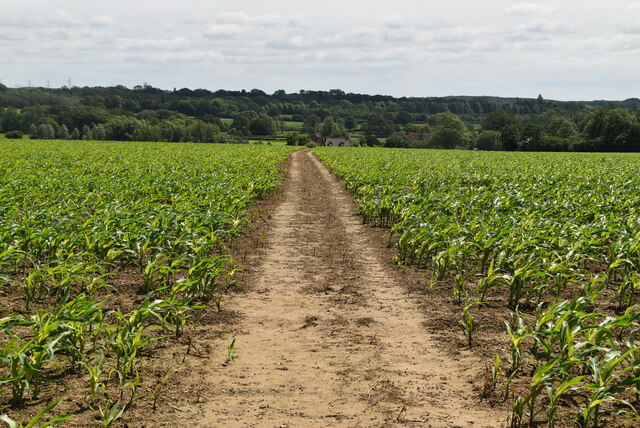

Alder Shaw is located at Grid Ref: TQ4319 (Lat: 50.958648, Lng: 0.04815143)
Administrative County: East Sussex
District: Lewes
Police Authority: Sussex
What 3 Words
///stickler.songs.unwell. Near Newick, East Sussex
Nearby Locations
Related Wikis
River Uck
The River Uck is a river in East Sussex, United Kingdom, which drains a catchment starting near Crowborough in the North, Hadlow Down to the East and Laughton...
Piltdown
Piltdown is a series of hamlets in East Sussex, England, located south of Ashdown Forest. It is best known for the Piltdown Man hoax where amateur archaeologist...
Isfield railway station
Isfield is a preserved railway station on the closed section of the Wealden Line which served the East Sussex village of Isfield near Uckfield. Originally...
West Park, Uckfield
West Park is a 10.5-hectare (26-acre) Local Nature Reserve on the western outskirts of Uckfield in East Sussex. It is owned and managed by Uckfield Town...
Lavender Line
The Lavender Line is a heritage railway based at Isfield Station, near Uckfield in East Sussex, England. == History == The Lavender Line was originally...
Little Horsted
Little Horsted (also known as Horsted Parva) is a village and civil parish in the Wealden district of East Sussex, England. It is located two miles (3...
Newick
Newick is a village, civil parish and electoral ward in the Lewes District of East Sussex, England. It is located on the A272 road six miles (9.7 km) east...
Horsted Place
Horsted Place is a Tudor Revival country house, now a hotel, in Little Horsted, East Sussex, England. The current building dates to 1850, when it was built...
Nearby Amenities
Located within 500m of 50.958648,0.04815143Have you been to Alder Shaw?
Leave your review of Alder Shaw below (or comments, questions and feedback).
